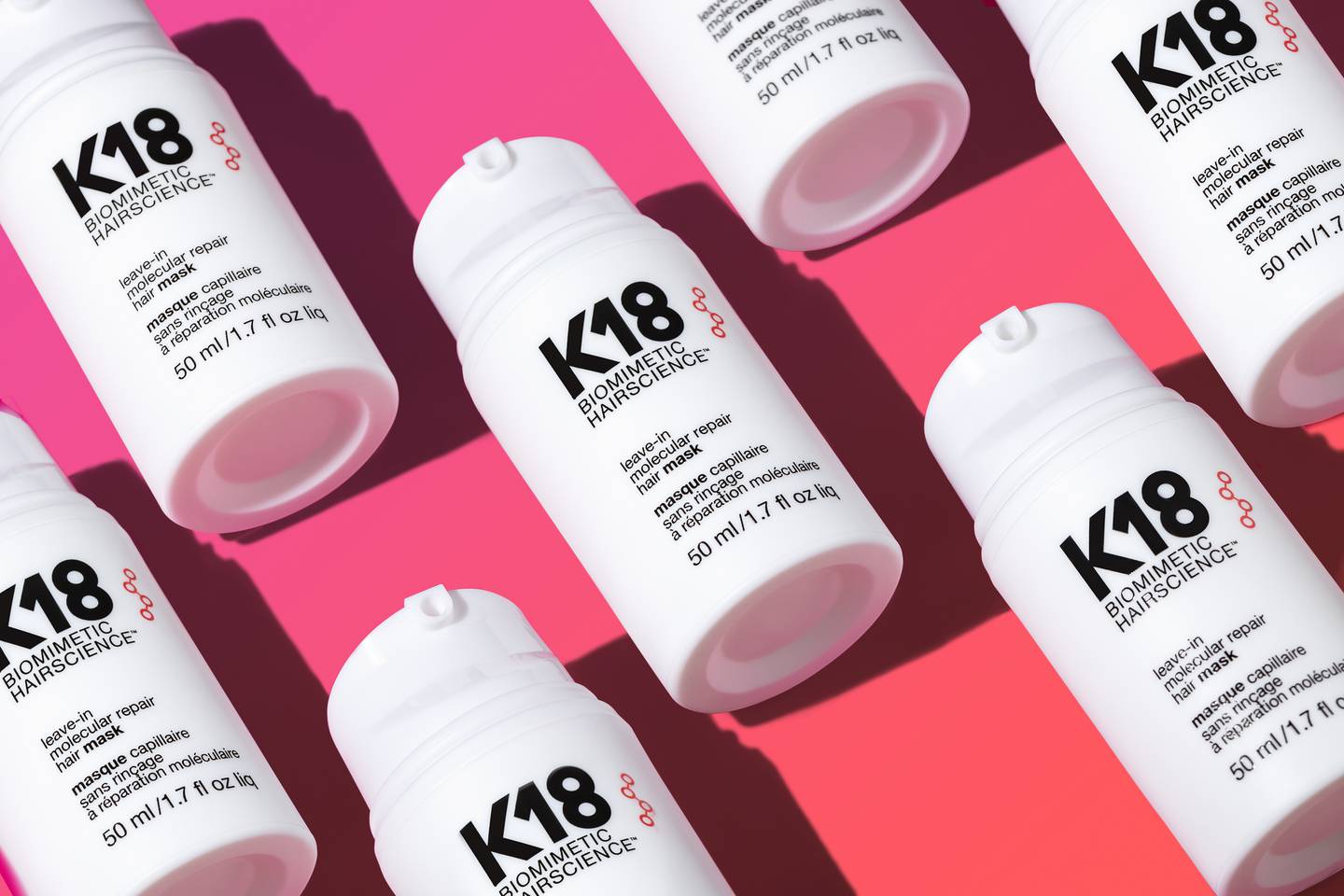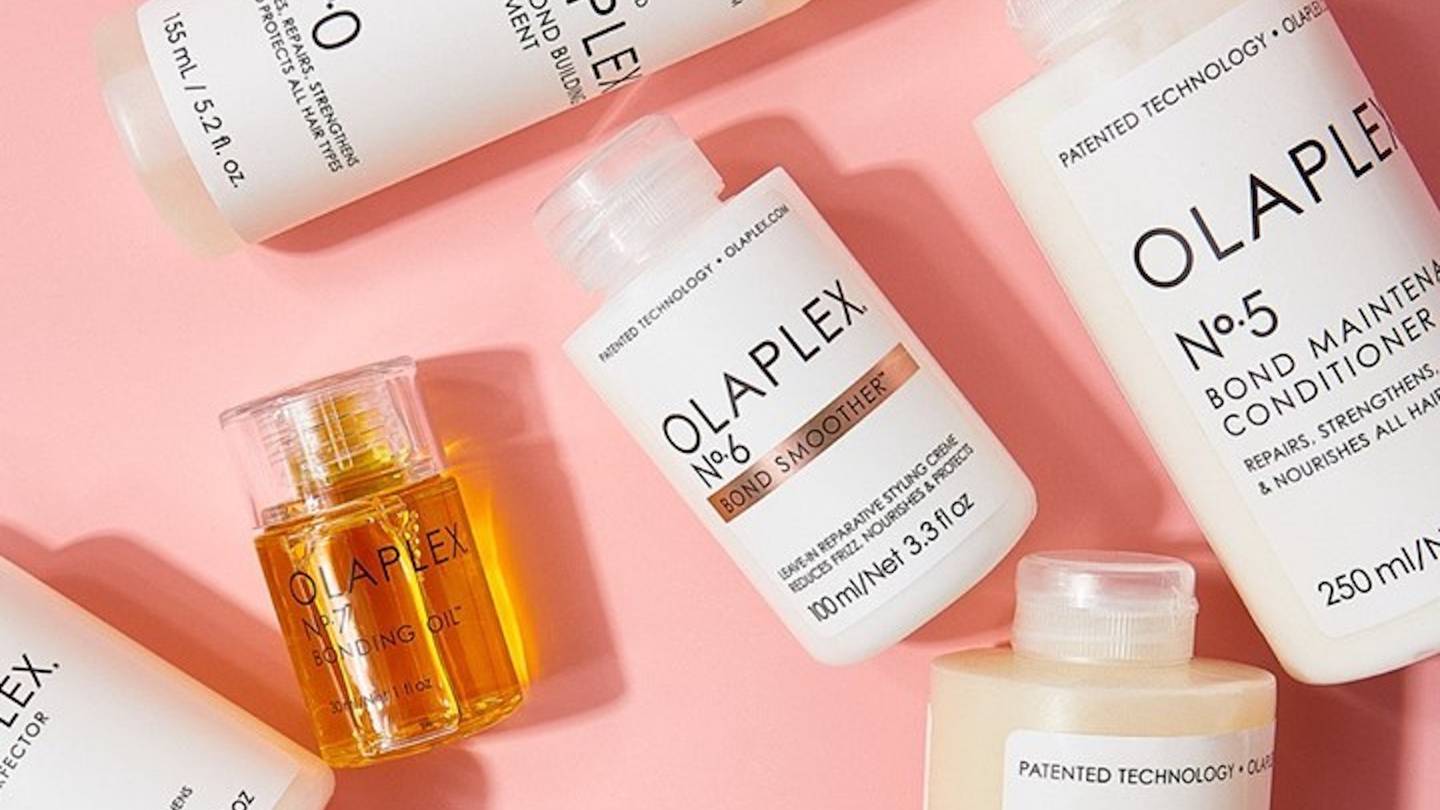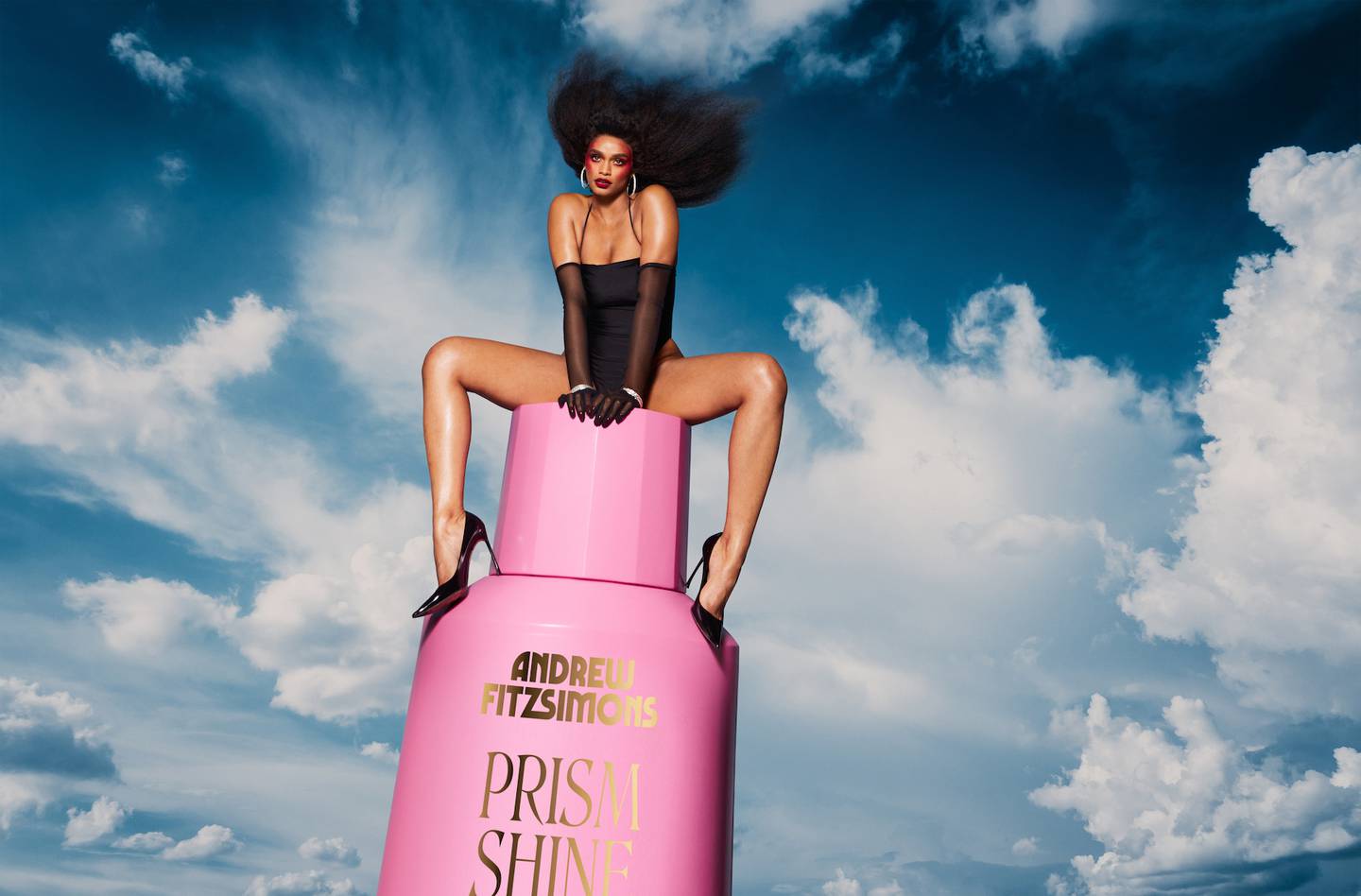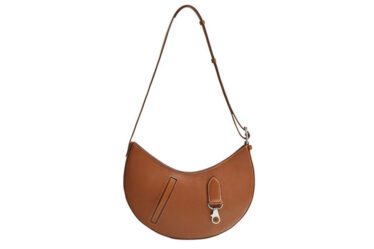
High-end hair care is getting its moment in the beauty spotlight.
In 2021, sales of prestige hair care grew 32 percent to $2.6 billion and the category is expected to double in size over the next two years, said Larissa Jensen, beauty industry advisor at market research firm NPD.
Brands are seeing the boom: Living Proof has had five consecutive quarters of sales growing more than 30 percent, said chief executive Zach Rieken, while hair care company DpHUE is set to hit double-digit sales growth this year, the company said. K18, a biotech hair care brand focused on reversing damage, said sales have increased 3,000 percent.
Standard products like shampoo and conditioner aren’t the primary drivers of this growth. After pandemic lockdowns, consumers started experimenting with salon-level treatments at home and shoppers now continue to try new hair oils, restorative serums and scalp treatments.
Consumers are particularly interested in products that feature new ingredients, like Olaplex’s bond-building technology and are looking for specific formulations that treat damaged hair or dry scalps, in a behaviour shift that Priya Venkatesh, senior vice president of merchandising of skin care and hair at Sephora, called the “skinification of hair.”
“Why would you buy shampoo that just cleans your hair when you could buy one that penetrates your dermis and helps to create healthier hair?” said Cassandra Grey, founder and chairwoman of Violet Grey and global beauty advisor at Farfetch.
The fastest-growing products in prestige hair care are over $25, said Jensen, and shoppers are willing to pay full price for them too.
Every player is hoping to replicate the success found by Olaplex, which went public last year with a valuation of more than $15 billion and pulled in $598 million in sales last year. (The brand’s stock price has dipped in recent months.)
In the last few months, Sephora has launched K18, as well as Jonathan Van Ness’s JVN hair care line and Crown Affair, which makes luxury hair brushes and other clean hair care products. This month, Ulta has a line coming from Kardashian hairstylist Andrew Fitzsimons. It’s also launched sk*p, founded by the founder of skin care brand Farmacy Beauty, and Black-owned hair care line Mielle. Skin care labels like Augustinus Bader, Dr Barbara Strum and The Ordinary are launching hair products too, and CPG conglomerates are making acquisitions in the space. Procter & Gamble purchased Jen Atkin’s Ouai late last year.
Burgeoning hair care startups must compete in a landscape still dominated by mass-market giants. But experts say they can still build a meaningful business, so long as brands pay attention to ingredient evolution and are able to stand out with innovative packaging or snappy marketing.
“This is a gigantic business, and there’s plenty of room to play,” said Grey. “Think about having the best product that delivers on a promise that is authentic, in a category where ingredients and efficacy matter.”
All Eyes On Ingredients
Innovative formulas with science-backed ingredients are becoming table stakes in hair care.
Olaplex is the pioneer, having developed a cult following since its 2014 founding for its star ingredient, bis-aminopropyl diglycol dimaleate, which repairs broken bonds in the hair. (The brand was also the subject of recent public concern over the inclusion of lilial, an ingredient banned by the EU over alleged infertility concerns. Olaplex told BoF that although the ingredient “phase-out is limited to the EU, Olaplex proactively removed lillial from our No.3 Hair Perfector globally.”)
Other brands are seeing success with a similar approach. K18, which launched at the end of 2020, developed ingredients from synthetic biology applications used by the pharmaceutical industry for products that repair hair damage. The brand reportedly hit $75 million in retail sales in 2021 and raised $25 million in funding from VMG Partners in January.
With the so-called “skinification of hair,” brands are paying more attention to the scalp and incorporating ingredients more traditionally associated with skin care. DTC shaving giant Harry’s launched Headquarters, a hair care brand focused on the scalp, at the beginning of 2021.

Consumers searching for solutions to hair thinning or loss are attracted to classic skin care ingredients like “hyaluronic acid, tea tree, peppermint and rice water,” said Jessica Philips, vice president of merchandising at Ulta. Fitzsimons’s new line has products with hyaluronic acid and ceramides, while brands like Briogeo and Monpure make products with retinol.
Mark Veeder, the founder of hair care company sk*p, told BoF he knew the brand had to come to market with an innovative ingredient to help the brand stand out in a crowded space. It developed “G-HoneyBiome,” bio-fermented honey that Veeder said strengthens the microbiome.
“Consumers want something that actually makes a difference,” Veeder said. “A lot of them are learning now that their scalp is an integral part of their hair system.”
Ingredient innovation has become a way for brands to signal product efficacy, which is a top concern for hair care customers.
“There’s so much crap out there because [companies] are trying to make money,” said Grey. “The beauty [brands] that are growing fast are the science-backed ones that are making revolutionary, innovative products.”
But while beauty shoppers may be more inclined to spend on speciality hair products, many will still pair them with shampoo from mass labels. To allocate resources to meet consumer demand, Claire McCormack, an editor at Beauty Independent, recommended brands spend R&D budgets on solution-oriented items.
“Shoppers don’t always want expensive cleansers because it washes off right away, but they will buy speciality products … that treat and repair,” she said.
How to Stand Out
In selling hair products, inclusivity is paramount. The beauty industry has long neglected Black shoppers and other consumers of colour who might not want sleek textures or straight hair but are still looking for specialised formulas. Both Sephora and Ulta have taken the 15 Percent Pledge, and are increasing their stock of Black-owned brands and products for natural hair.
Inclusivity is also important in marketing, said Fitzsimons, who chose to feature models with all different types of hair textures in his brand imagery.
“Women have been told one type of hair is glamorous, but all hair textures should be loved,” said Fitzsimons.

And in crowded hair care aisles — McCormack described beauty retailers’ shelves as “a circus” — packaging can also help brands stand out. Some hair care labels, like Olaplex, K18 and dpHUE have opted for more minimalist branding, but McCormack said there are ways to capture the customer’s eye, with colour or uniquely-shaped packaging. Startups like Nolé, By Humankind and Christophe Robin are making shampoo bars as a way to eliminate plastic while sk*p makes its hair care products in a biodegradable cardboard carton.
Ulta’s Philips also recommended hair care brands seize on the new excitement by producing content that will help customers understand a product’s efficacy.
“A lot of it is about content, where you can build a community who is really excited about the brand,” she said. “It can help these smaller brands break through.”



